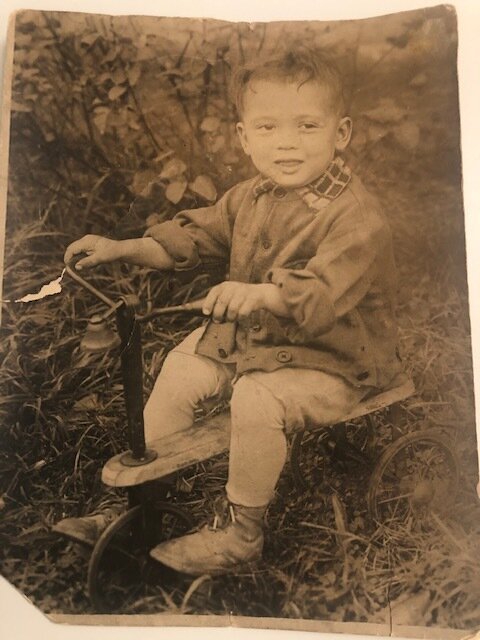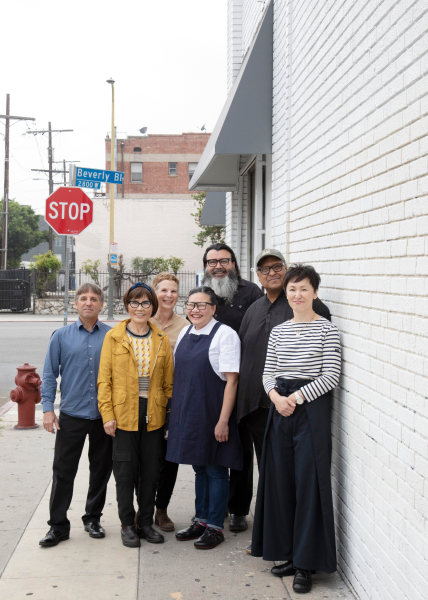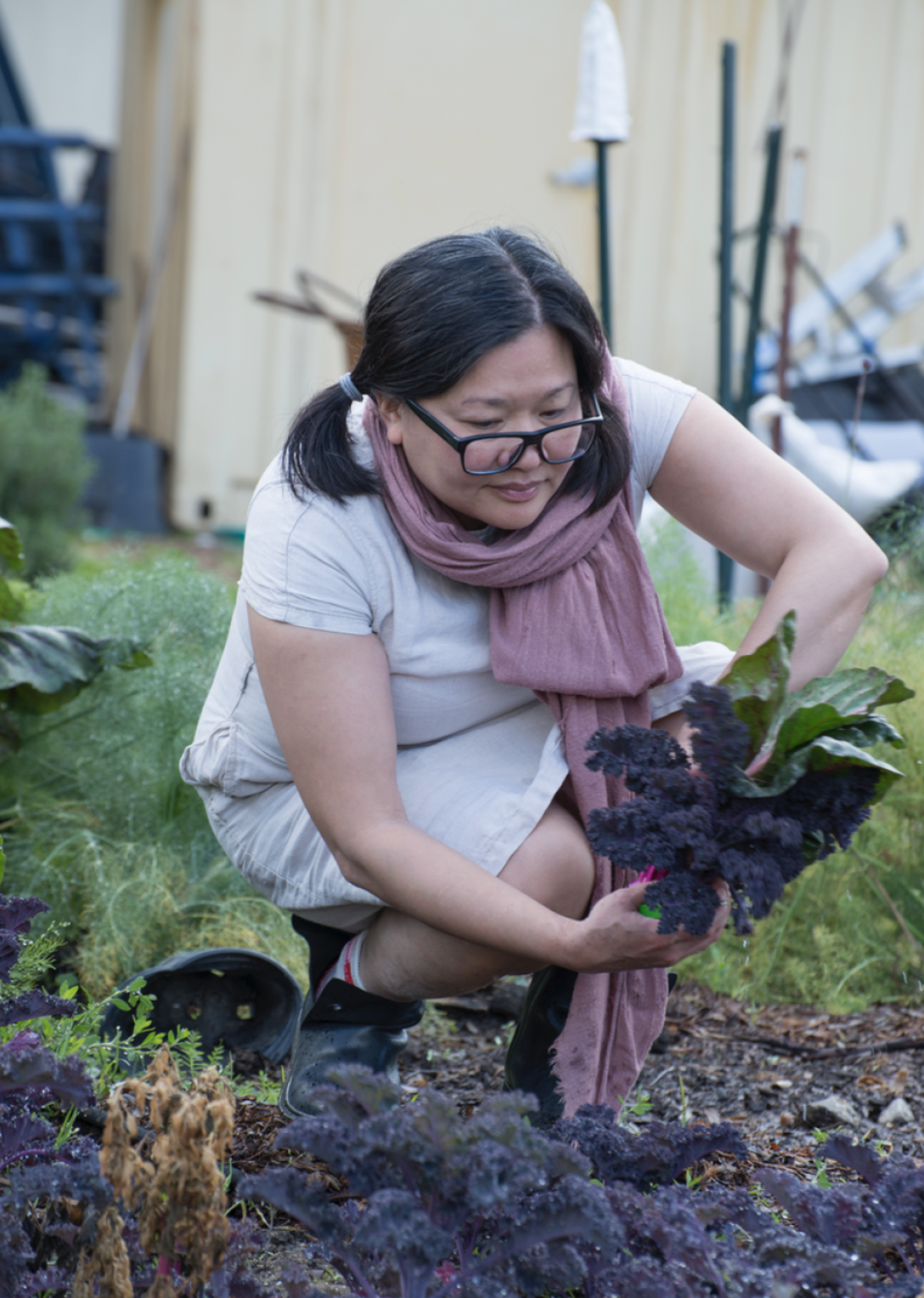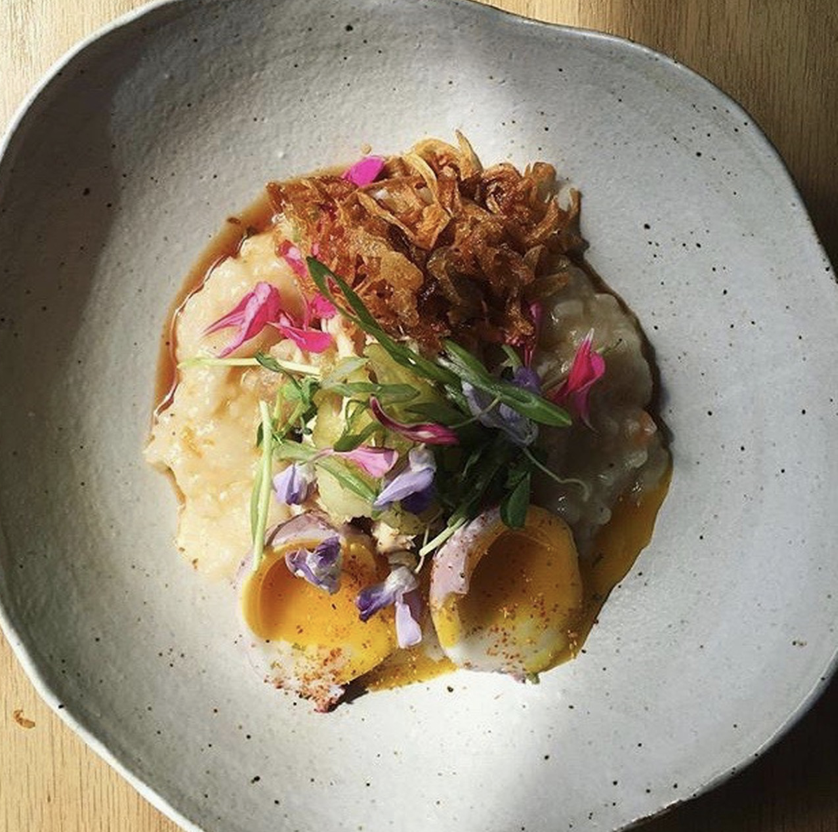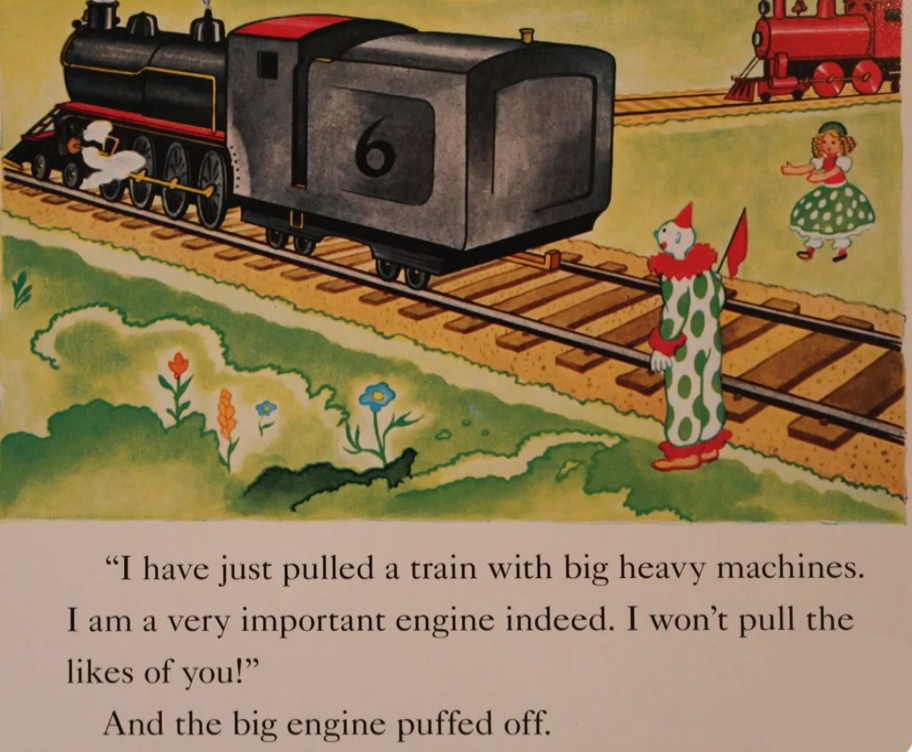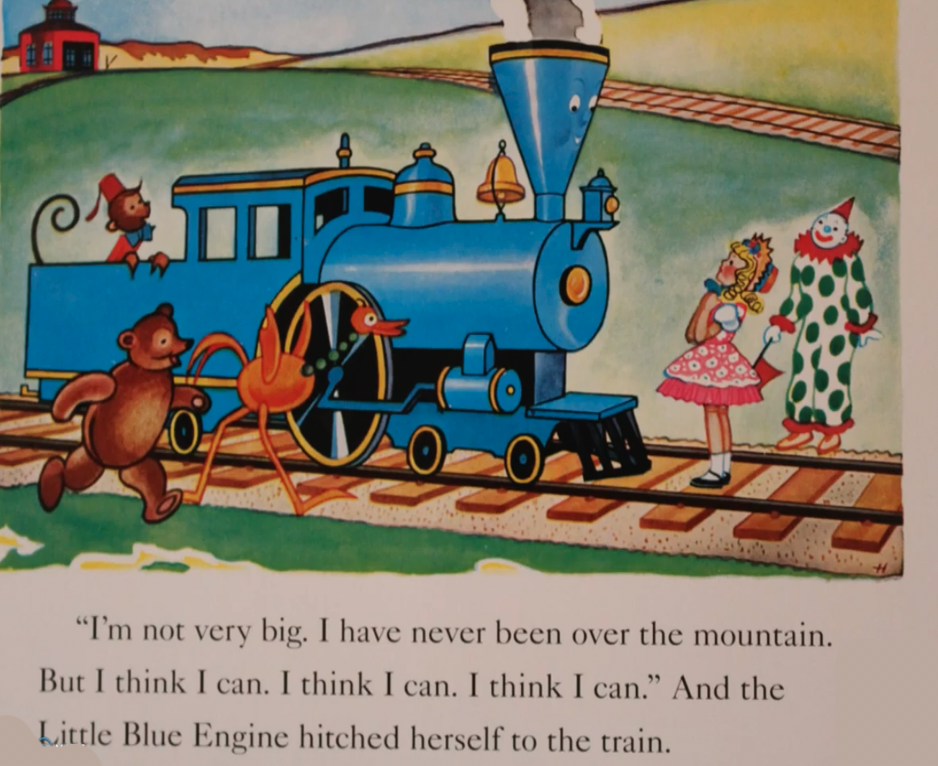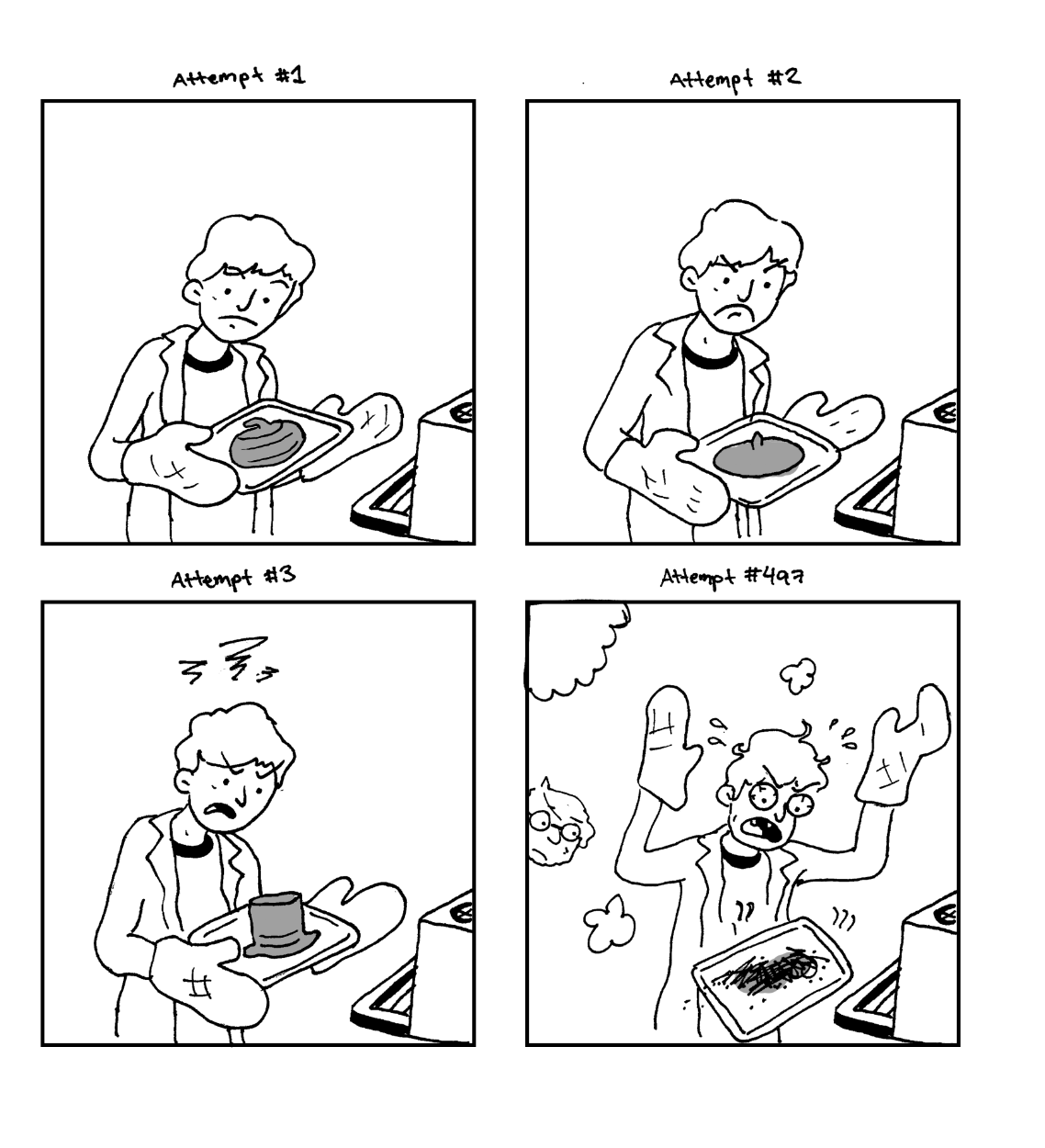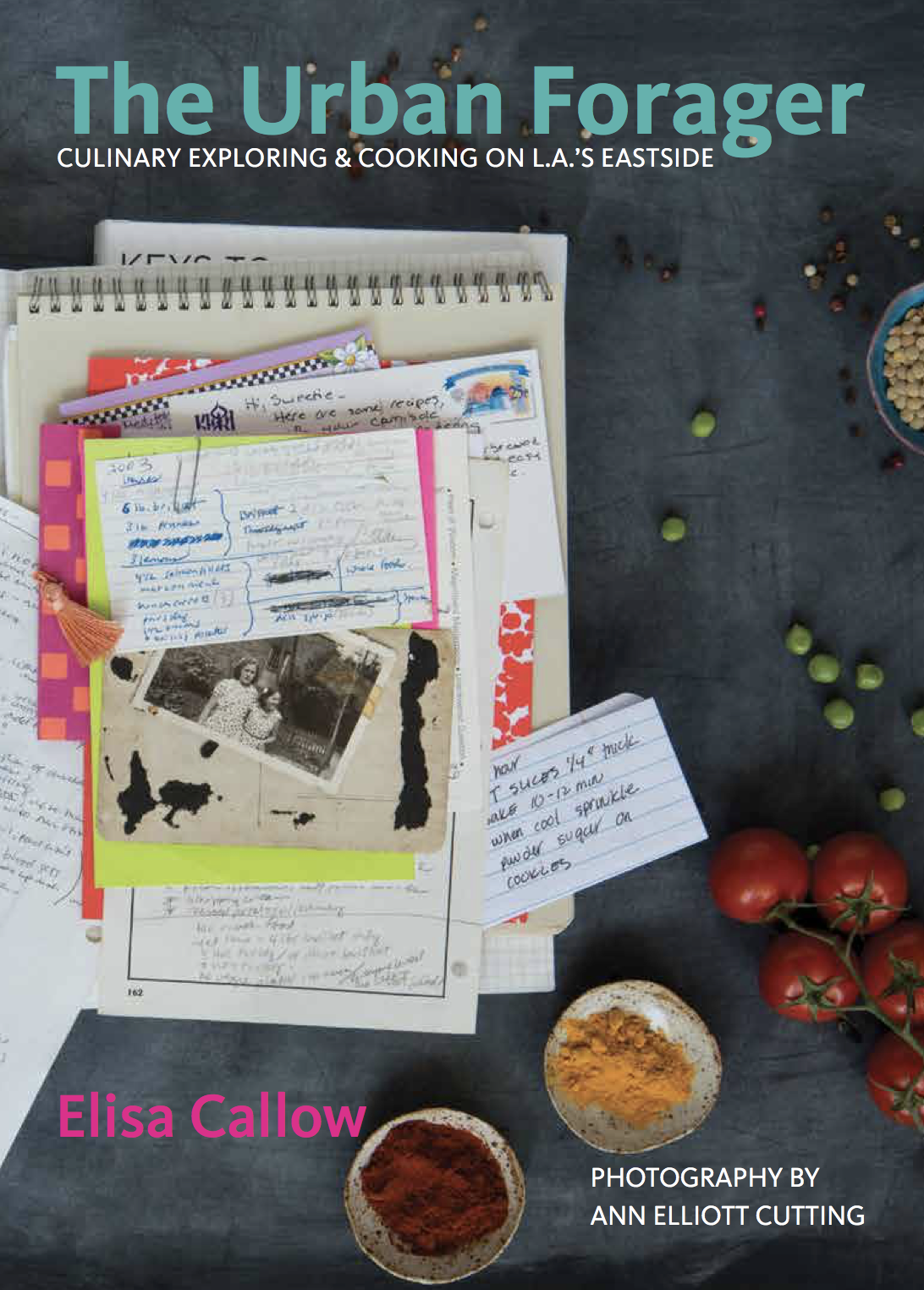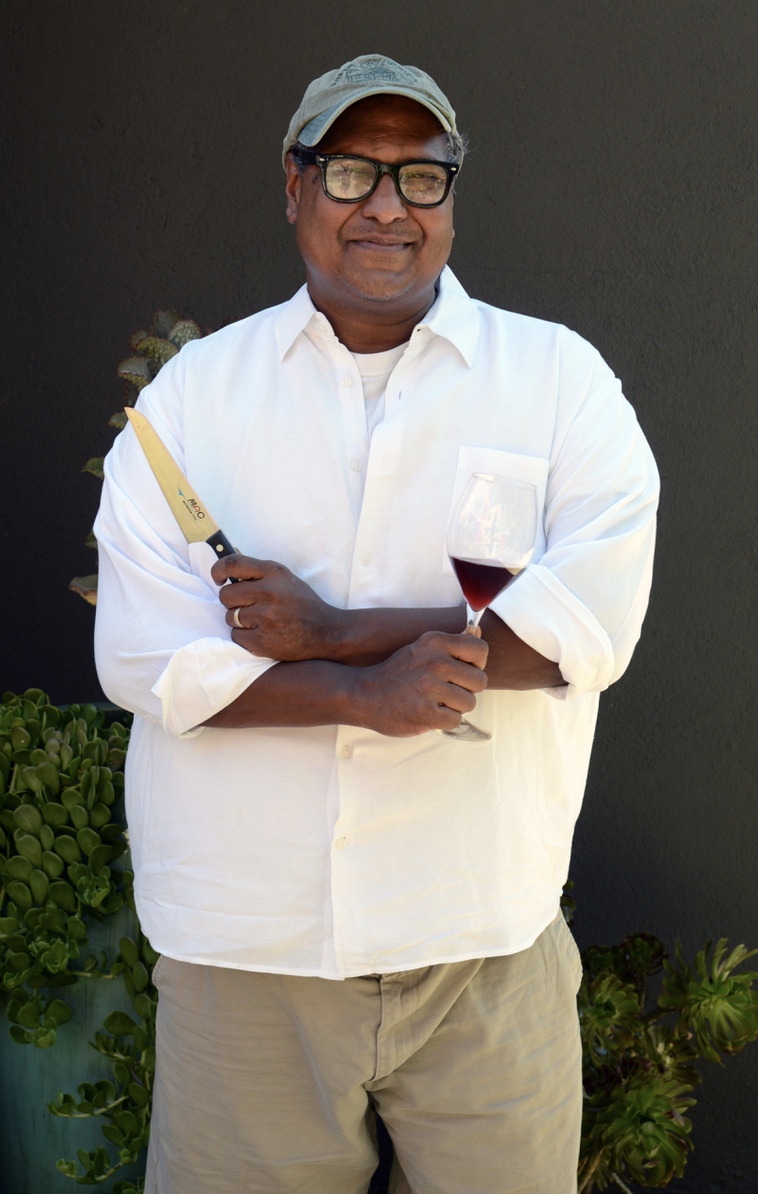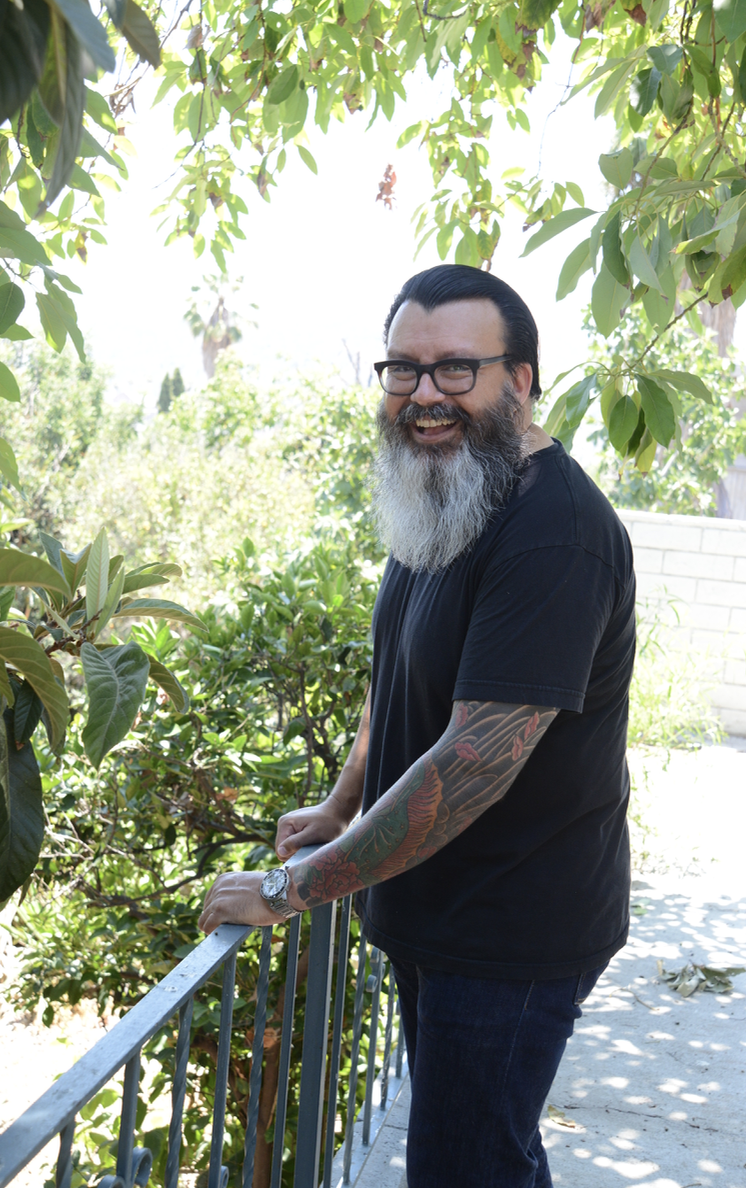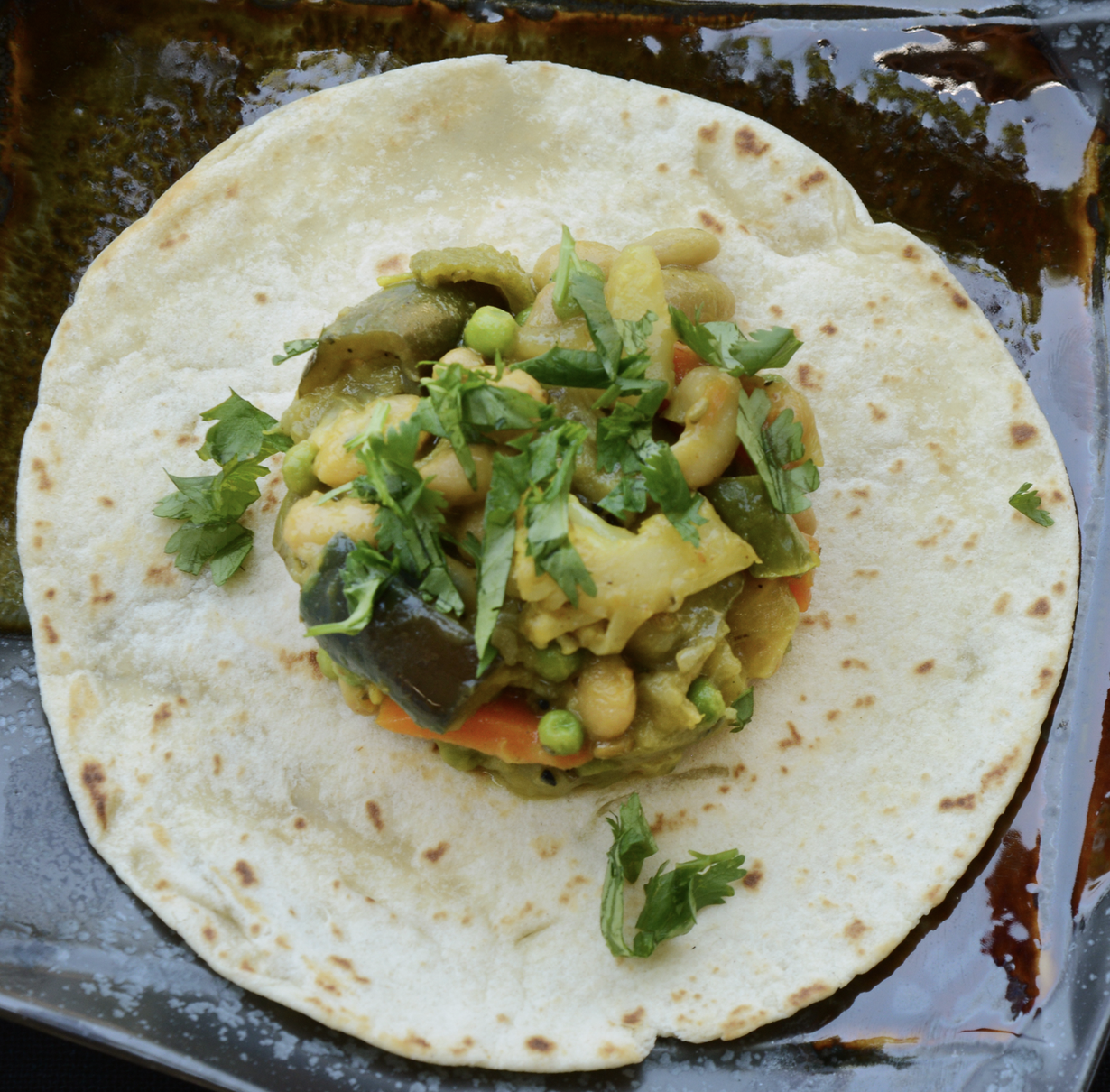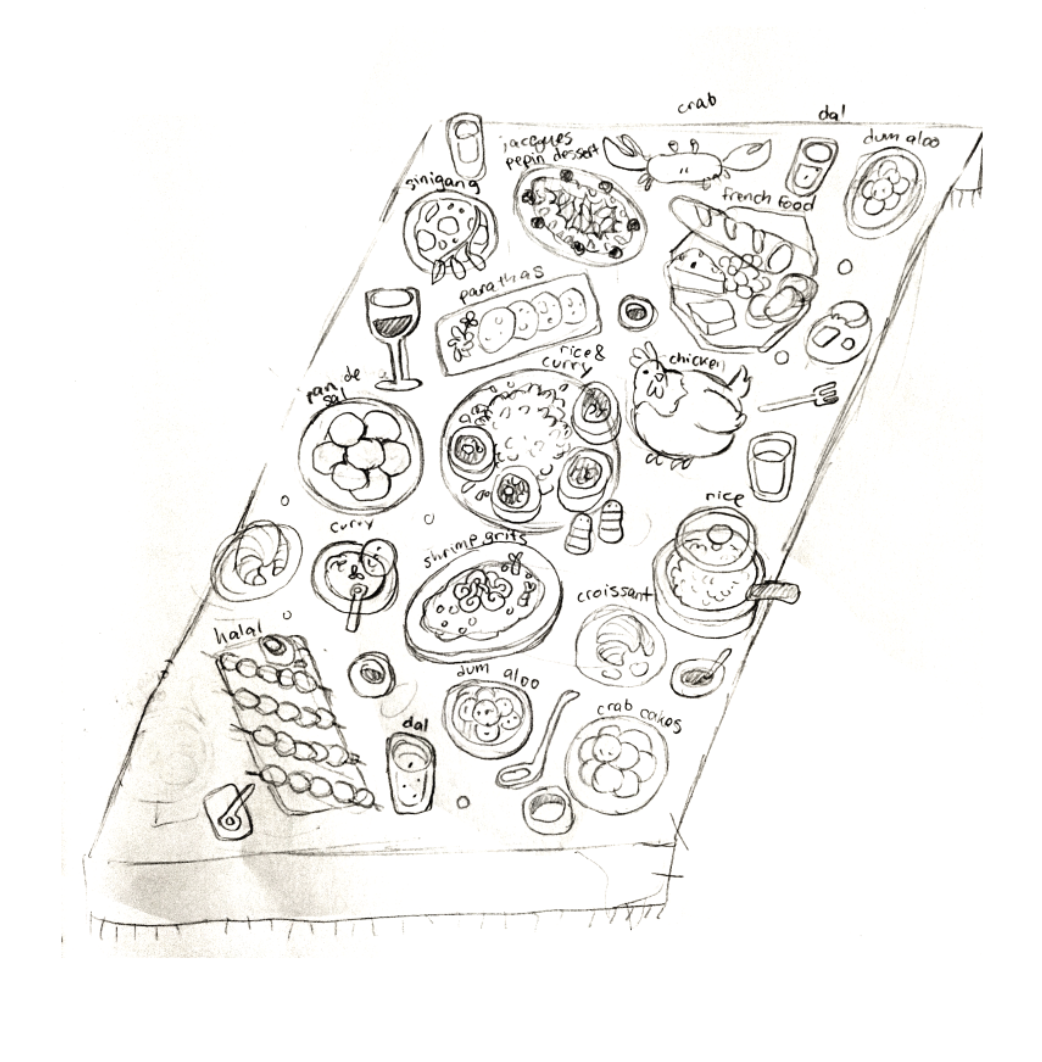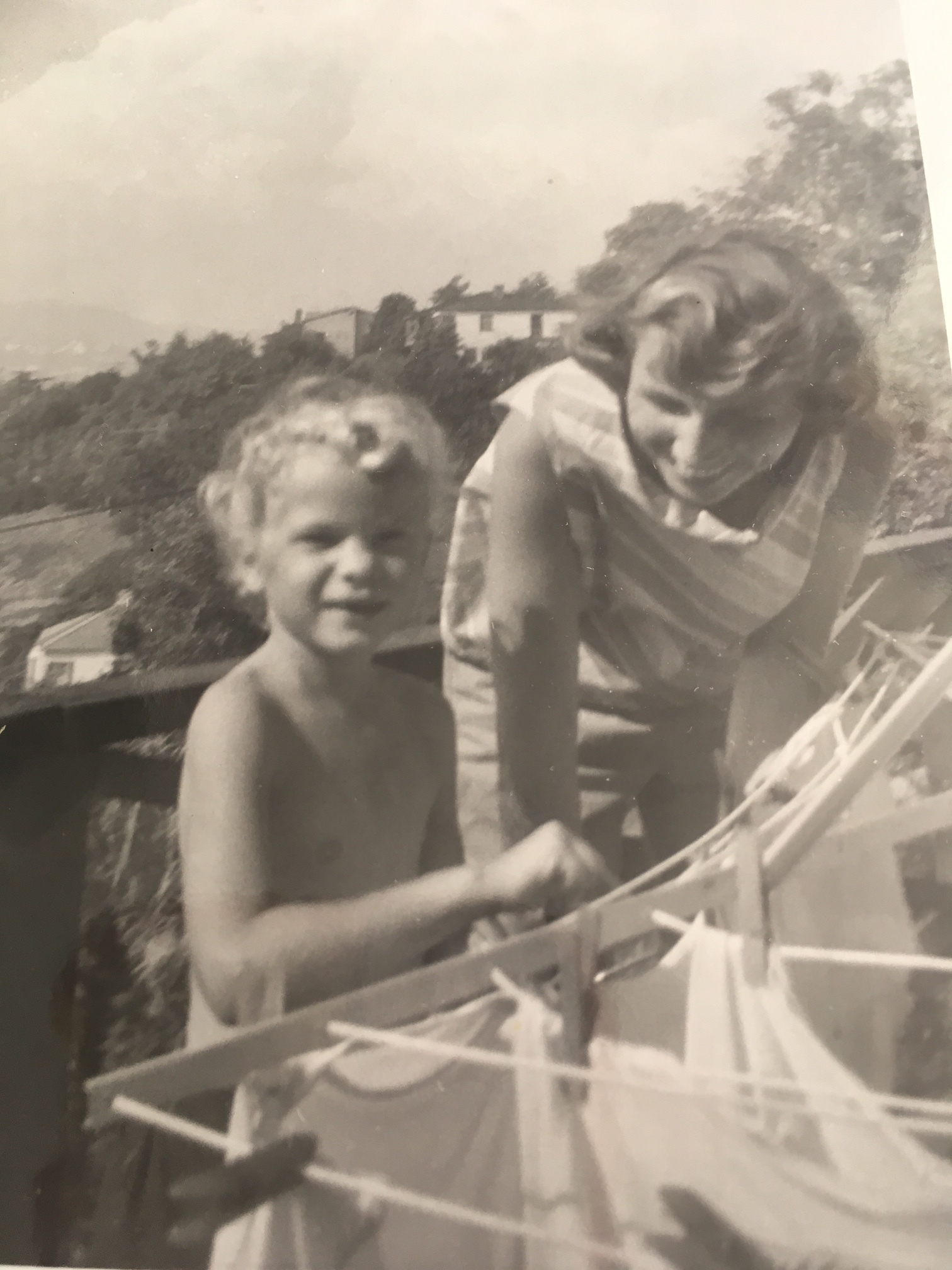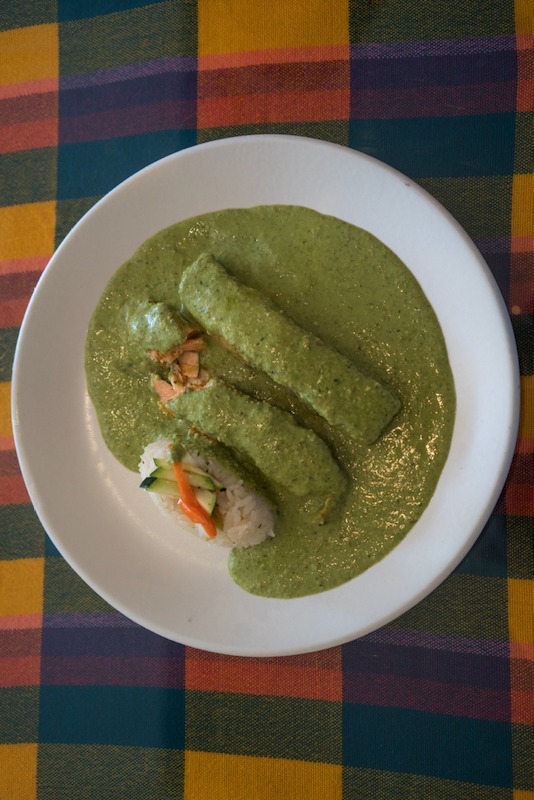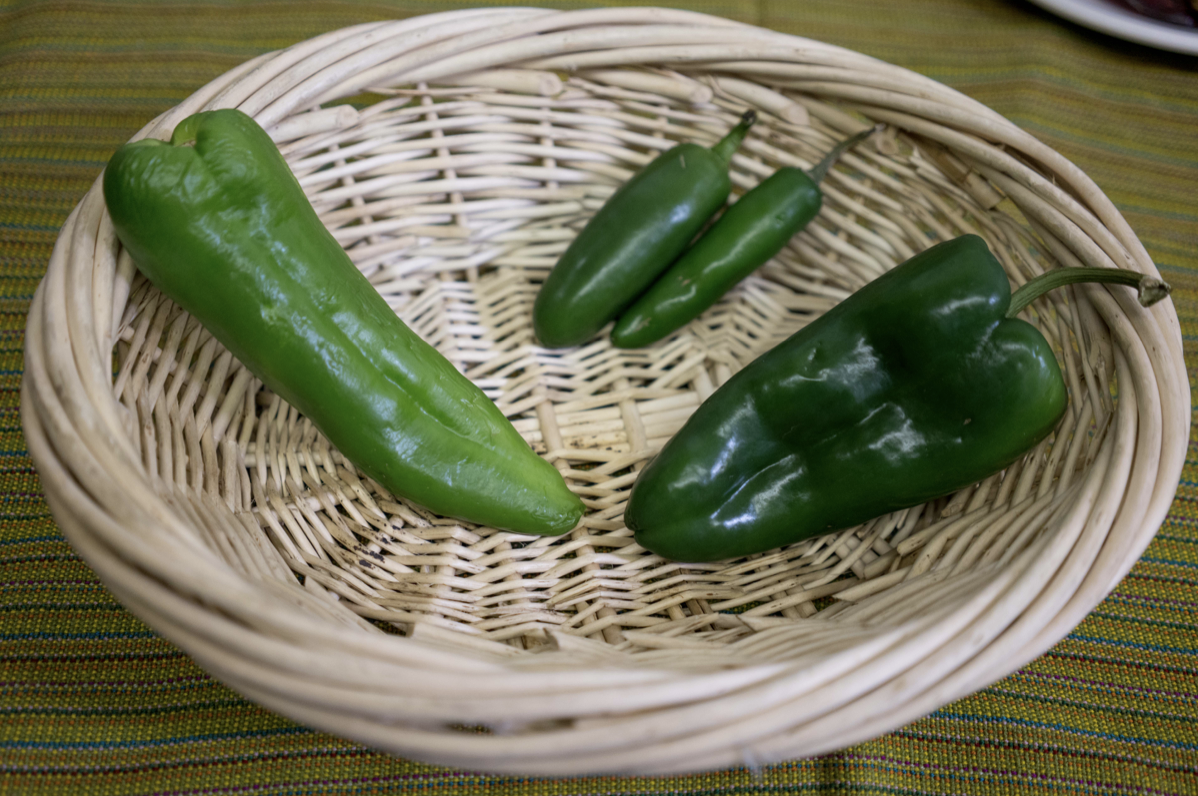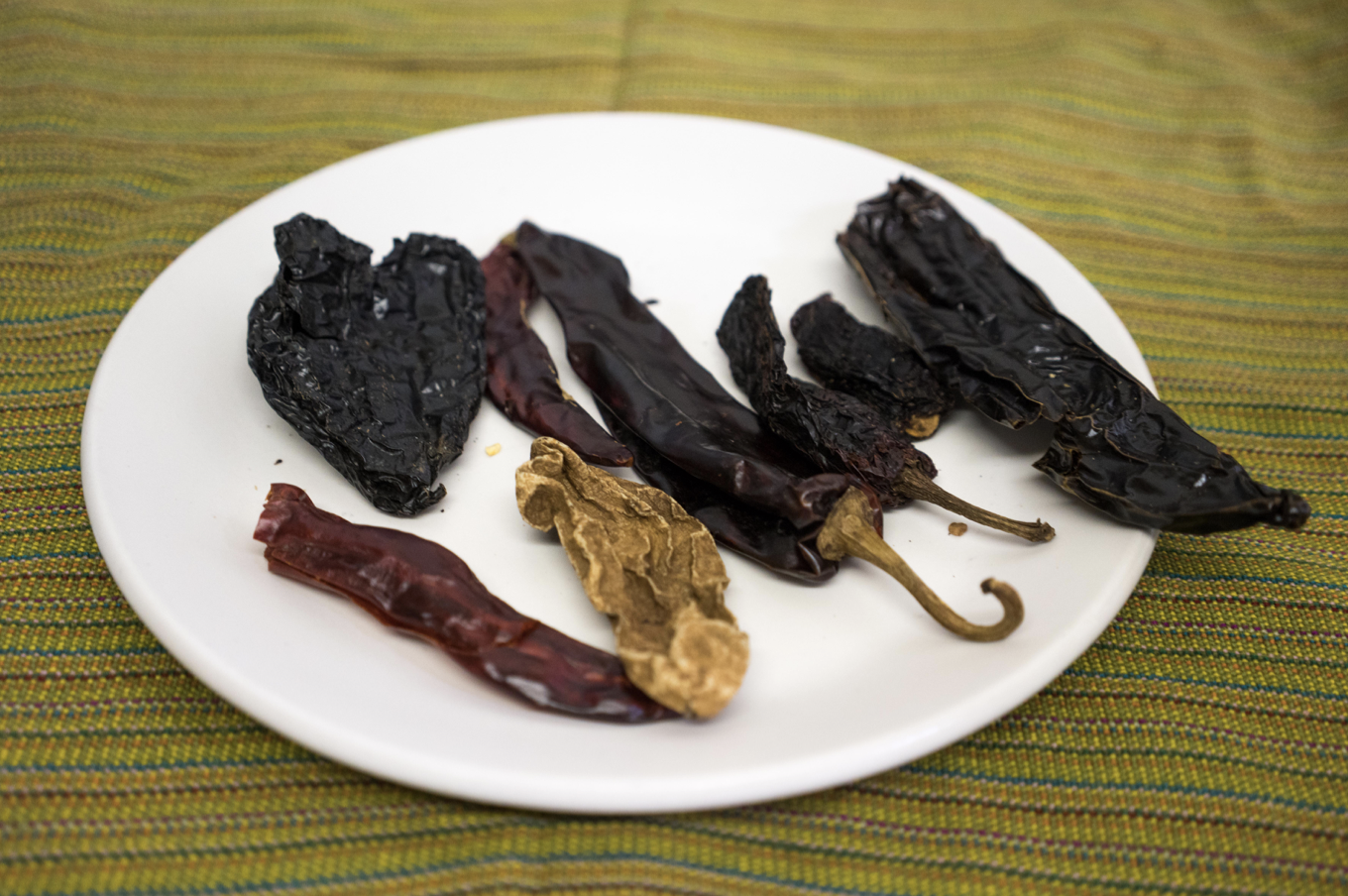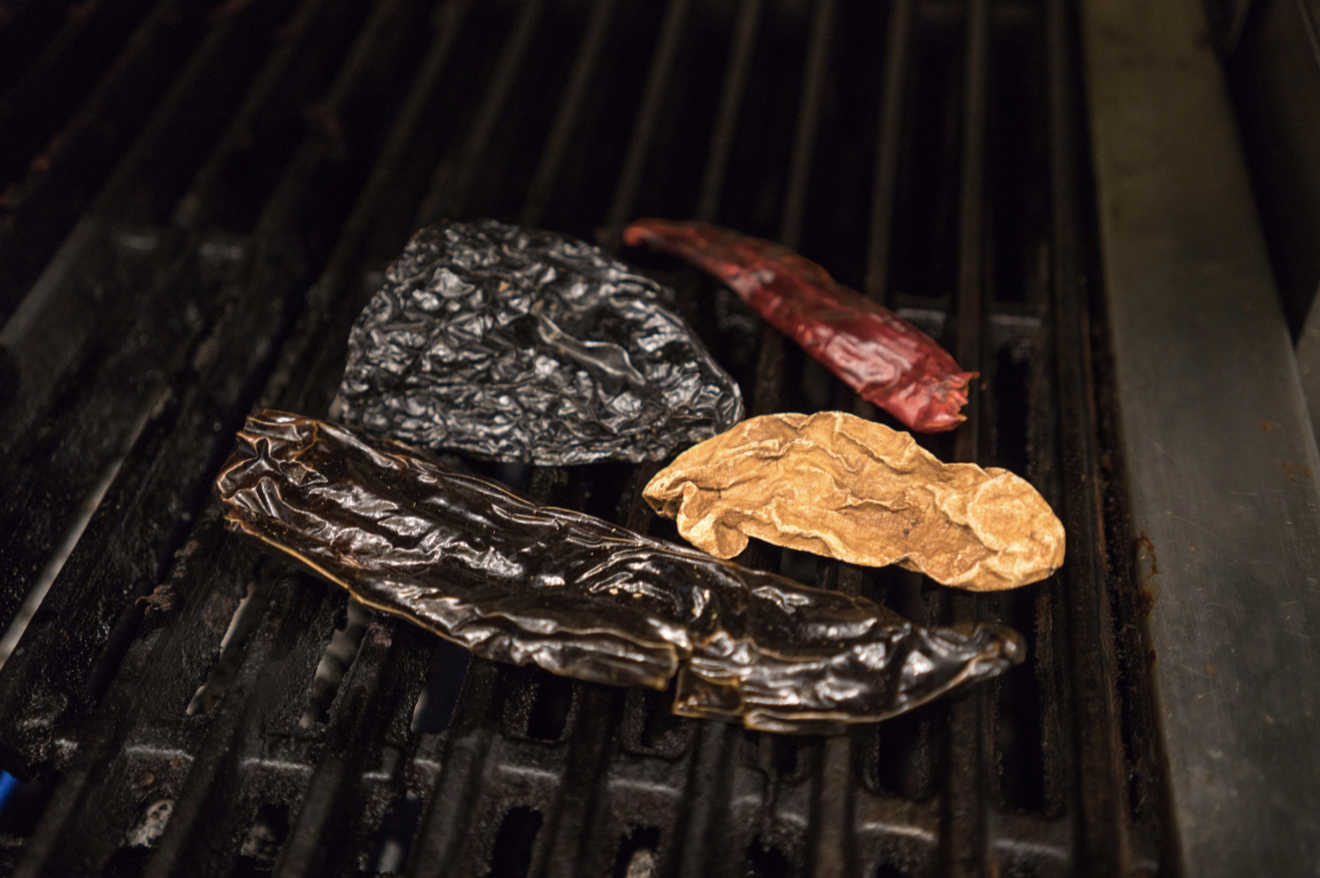The view from the Gold Line
There is no self-discipline left. Originally, I was committed to writing five “Covid” pieces, with this one as part of the middle hump before the grand finale huzzah marking the time when we would have returned to our life as usual. But here we are, almost a year since last March when our world changed into a place now delineated neatly by the descriptors “pre-“ and “post-Covid.”
This post, titled “I Miss You,” has been almost heartbreaking to turn to.
Grandson Alex and the post Covid hug.
Grandson Anthony
Its original intent was to speak of the small, everyday patterns of life that are no longer, beginning with my wild mornings with grandson Alex. Once a week I picked him up at 6:30 for an early morning breakfast of chocolate chip pancakes and sausages at the Nano Cafe in Monrovia, just a hop, skip and jump from his school. I dropped him off at the main office, where he was greeted by the school secretary, a gentle man who allowed Alex to hang in the office rather than deal with the big yard. And then--wonders of wonders--I spent a luxurious hour completing my 45 laps at the Monrovia Y with all the other regulars before the 80-plus- year-old ladies began their water aerobics class. A bicycle with its jaunty basket propped up daily by the entrance meant my friend Dave was “in the house.” A developmentally disabled group of adults, whose morning coffee klatch off the lobby made my heart sing because this center of community had fulfilled its promise. There was even some fragment of scripture posted on the bulletin board that in my younger years would have annoyed me but was now somehow comforting. As I write, I find myself choking up. It’s not my style, as I am one who has searched without fail for the heroic rather than painful stories of Covid.
My mother, Norma Green, brother Jan and me in earlier days.
I miss you, I miss you, I miss you. What does this mean now, nearly a year later? It means so much more than the innocent first blush of loss. In concentric circles moving outward, I miss touching my dear ones—grandchildren, children, their spouses, good friends. I miss my mother, who died this last October, basically of old age. I was allowed to see her hours before she died and once or twice before then, yelling through our masks out in the parking lot of her assisted living home. I miss our once vibrant neighborhood, where I used to hear voices without fail as spontaneous street visits occurred almost daily, along with planned summer and winter gatherings. My daily mantra, “We are so lucky to live here,” still holds true, but now we are hunkered down behind closed doors, waiting like the protagonists in Ray Bradbury’s short story from The Illustrated Man for the rain to cease.
Scene from the film, The Illustrated Man
We are waiting--I know it--to emerge into the sun feeling wonder and indescribable joy. I miss smiling as I pass other walkers, hikers, browsers in stores. I miss inadvertently brushing by one another without fear. I miss you, concerts, museums, food folk, restaurants, libraries, bookstores (where I wandered for hours—not for a furtive five minutes, double masked out of some odd idea that I will be safe). I miss you, plethora of gorgeous food markets, where I tasted as well as bought. I miss you, good friends who cook like dreams. I miss you, long tables filled with food made and eaten communally. I miss you, cooking classes taught at Descanso Gardens. I miss you, book talks. I miss you, Altadena Community Gardens summer potluck/movie nights, where once we watched Caddy Shack on the deck as an antidote to our frustration about the incessant destruction of gophers. I miss you, impromptu activities engaged at the last minute, just dropping by. God, I even miss you, meetings for which I had to drive, emerge, get to on time. I miss you France and Japan, Oregon and New Mexico—2020 travel destinations that now seem like evanescent dreams.
The Ojai Festival in pre Covid days.
And then, somehow, I miss a sense of beginning and end. At first the idea of time unspooling without the bracketing of events felt like an endless form of hooky. Projects could extend into the ether or be put off for weeks at a time; returning to them seemed somehow less essential. And while I am eternally grateful to the ingenuity of performing arts community in engaging us in their generous content, the idea that I can slither in and out of committing to a time and place is too much latitude. I want to miss something because I did not pay attention. Because I miss paying attention.
Nurse Lori Marie Key singing Amazing Grace at the Inauguration’s Covid Memorial
Youth Poet Laureate Amanda Gorman
A sense of gravitas
At the beginning of new leadership in our country, I feel like a child who is finally being held after a long nightmare of neglect. Knowing that I have been grieving is a sign that the end may (?) be (?) in sight. Is it possible that I will no longer have to parse my feelings to outlast this year and to a larger extent the past four years? I have no assurances; we are all in shock. But I do know this: I will never take anything for granted again.
A coda: The Urban Forager is normally a blog that centers on the relationship of food to culture and community. To honor one of my most missed I Miss You’s, I am including recipes from some of my dearest cooking friends:
The food makers who gave so generously to The Urban Forager Cookbook. Left to right: Jack Aghojan, Sumi Chang, Minh Phan, Mario Rodriguez, Rumi Mahmood, and Masako Yatabe Thomsen
Take care, dear ones. I know we are nearly over the hump.






























